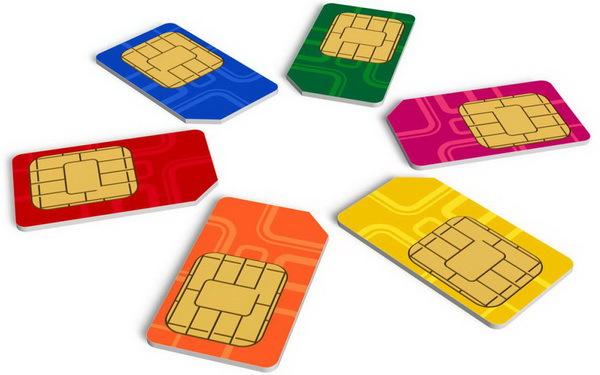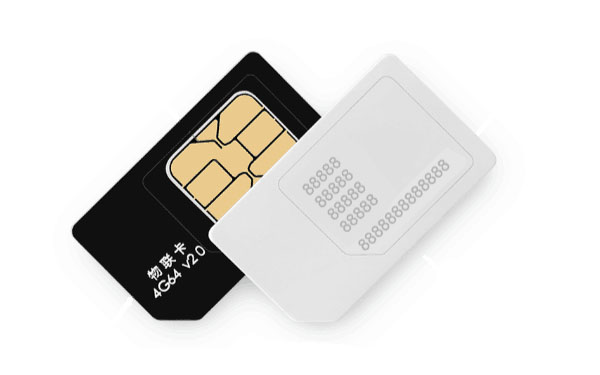Everyone is familiar with SIM cards. The first thing you do when you get a new phone is to insert the original SIM card into the phone. The SIM card is the identity card in our current mobile phones. When we make calls, send text messages, and surf the Internet, we need to use the SIM card for authentication and identity recognition. But for the IoT card, many people may still not understand what the IoT card is, and many people think that the IoT card is a SIM card. So, what is the difference between an IoT card and an ordinary SIM card?


The IoT card is a mobile communication access service based on the IoT dedicated number segment (11 or 13 digits) provided by the three major operators (China Mobile, China Unicom, and China Telecom). The hardware and appearance are exactly the same as ordinary SIM cards. It is loaded with specialized functions for smart hardware and IoT devices, and uses dedicated number segments and independent network elements to fully meet the management needs of the smart hardware and IoT industries for device networking, as well as the mobile information application needs of group companies and chain enterprises.
To put it simply, IoT cards include what we call SIM cards, because SIM cards are the most common of IoT cards. Ordinary SIMs are also called user identity cards. SIM cards are mainly used in the field of mobile phone communications. The card stores the digital mobile phone customer’s network parameter information, identity authentication key, user’s phone book, short messages and other content, which can be used for user identification and provides the user’s communication information encryption key during calls.
The IoT card includes the functions of an ordinary SIM card, and has upgraded the algorithm in terms of security, supporting two-way authentication of the card and the network. It has greater capacity and processing power, and provides hardware support for the needs of the IoT industry. and related support platform management. The main differences from ordinary SIM cards are as follows:
1. The materials are different. The plug-in IoT card and the ordinary SIM card are the same in size and shape. However, the ordinary SIM card is used in the mobile phone environment, and the relative temperature and humidity are ideal. It is usually packaged with PVC, ABS and other materials; Since IoT cards are used in IoT devices, and some are used outdoors and other environments, exposed to wind, sun and rain, the materials used are stronger than ordinary SIM cards.
2. Ordinary SIM cards are mainly plug-in MP cards, but IoT cards add embedded MS cards, which use welding technology and are placed in front of IoT devices. They have good seismic resistance indicators to ensure stable data transmission.
3. Ordinary SIM cards do not require a management platform, but IoT cards generally require an IoT card management platform. In the platform, you can check traffic usage, whether the device is online, recharge and other functions.
4. Ordinary SIM cards have built-in STK menus, through which functions or applications can be used; IoT cards are mainly used for Internet access and have no other applications.
5. Ordinary SIM cards use 11-digit numbers, while IoT cards use 13-digit numbers, and the number resources are more abundant.


The IoT card combines sensors and intelligent processing and uses various intelligent technologies to expand its application areas. Analyze, process and process meaningful data from the massive information obtained by sensors to adapt to the different needs of different users and discover new application fields and application models. Authentication is carried out through the small card of the Internet of Things card, which is widely used to connect various smart devices.